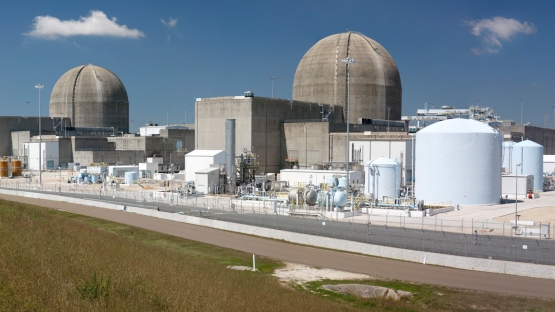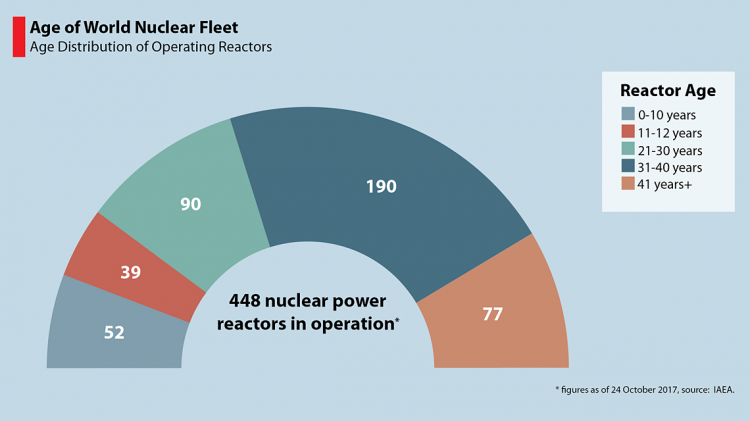Increasing demand for electricity, coupled with pressures to meet global climate change targets, make convincing arguments for ensuring that nuclear power plants could operate for longer periods than originally envisaged, said experts at the opening of an IAEA conference today.
More than 350 nuclear energy experts from over 39 countries and four international organizations have gathered for the Fourth International Conference on Nuclear Power Plant Life Management in Lyon, France, to discuss ways to safely and cost effectively operate nuclear power plants beyond their design lifetime.
“Nuclear power can play a significant role in helping Member States achieve their energy security, development and climate change mitigation goals,” said Mikhail Chudakov, IAEA Deputy Director General and Head of the Department of Nuclear Energy.
“As we look towards the future, we need evolutionary and innovative nuclear power technologies. But to help us get there, we need a bridge between the current fleet and future reactors,” he added. “This is the role of plant life management: ensuring safety, while being economical.”
While the design life of a nuclear reactor is typically 30-40 years, it is quite feasible that many will be able to operate beyond their design lives. For this, utilities must demonstrate — through analysis, testing, replacement, system upgrades, ageing management of equipment and increased vigilance — that they will operate safely.
Out of 448 nuclear power reactors operating in the world, 267 — or approximately 59.6% — have been operating for 30 years or more.






